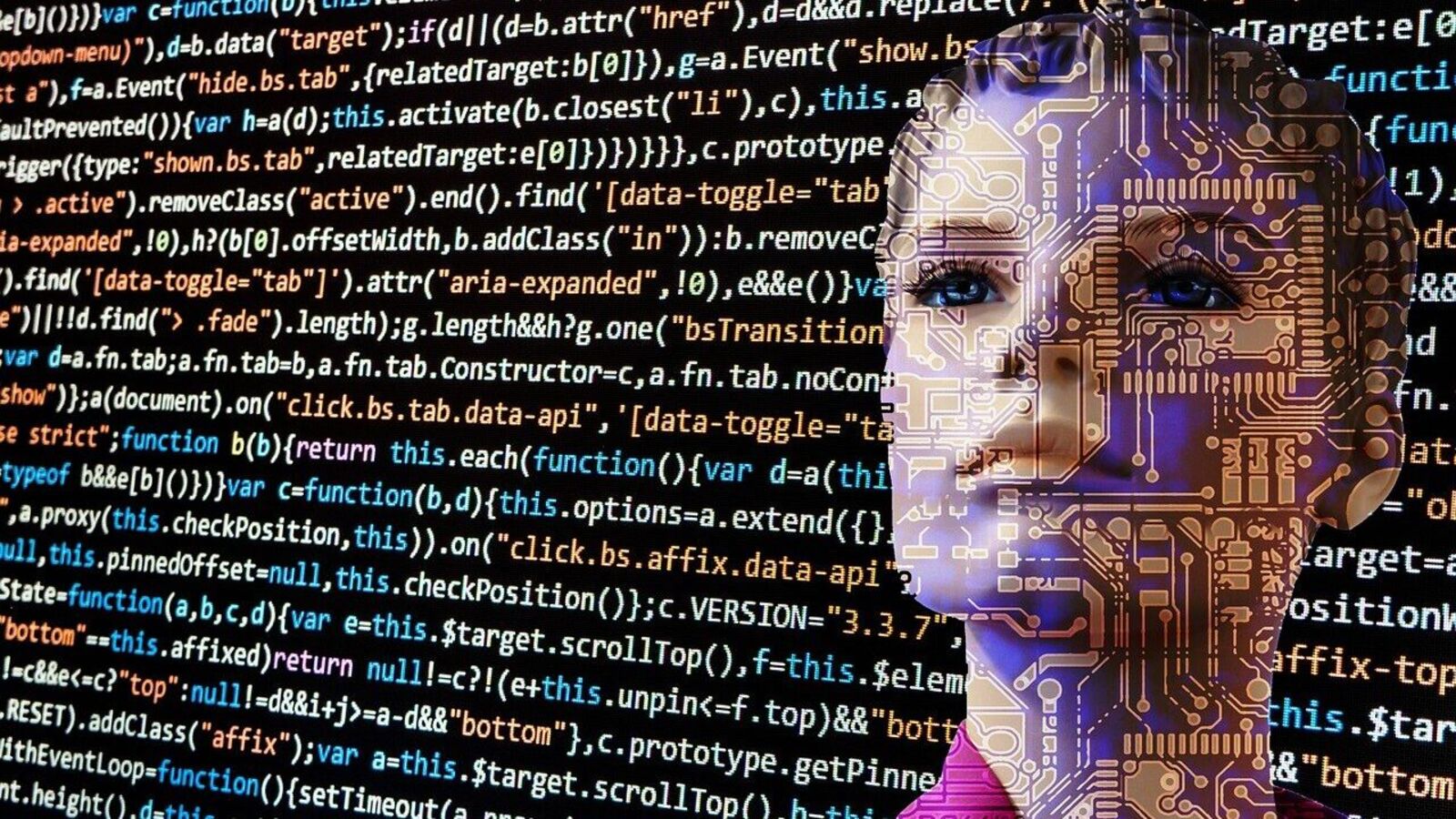It is no secret that building a large language model (LLM) requires vast amounts of data. In conventional training, an LLM is fed mountains of text, and encouraged to guess each word before it appears. With each prediction, the LLM makes small adjustments to improve its chances of guessing right. The end result is something that has a certain statistical “understanding” of what is proper language and what isn’t.
But an LLM that has only undergone this so-called “pretraining” is not yet particularly useful. When asked for a joke to cheer your correspondent up, for instance, the pretrained model GPT-2 just repeated the question back three times. When asked who the American president was, it responded: “The answer is no. The president is not the president.” Clearly, teaching an LLM to do what humans want requires something more.
One way to align such models with users’ expectations is through reinforcement learning from human feedback (RLHF). OpenAI, an American startup, introduced this technique in a preprint published in March 2022. It was a major ingredient in its recipe for ChatGPT, which was released eight months later.
RLHF normally involves three steps. First, human volunteers are asked to choose which of two potential LLM responses might better fit a given prompt. This is then repeated many thousands of times over. This data set is then used to train a second LLM to, in effect, stand in for the human being. This so-called reward model, designed to assign higher scores to responses a human would like, and lower scores to everything else, is then used to train the original LLM. As a final touch, a machine-learning technique called reinforcement learning tweaks the knobs and levers of the original LLM to help reinforce the behaviours that earn it a reward.
This way of doing RLHF is quite involved—using two separate LLMs takes time and money, and the algorithm used for reinforcement learning is, to quote Rafael Rafailov at Stanford University, “quite painful”. This has meant that, outside of OpenAI, Google and their rivals, nobody has really exploited its full potential.
It now turns out that the same results can be achieved for a fraction of the effort. Dr Rafailov and his colleagues, including Archit Sharma and Eric Mitchell, presented this alternative in December 2023 at NeurIPS, an AI conference. Their method, Direct Preference Optimisation (DPO), relies on a satisfying mathematical trick.
This trick hinges on the observation that for every reward model there is a specific theoretical LLM that would get full marks, and every LLM likewise has a theoretical reward model that would give it flying colours. (Just as, more prosaically, every pair of trousers has a theoretical person on whom they would sit perfectly, and every person has a theoretical pair of trousers that would best fit.) This observation that each LLM conceals an implicit reward model allowed the researchers to tinker with this model directly. In the old regime, the LLM learned from the reward model, which learned from the data. Now, the LLM can learn directly from the data.
According to the authors, removing the middleman makes DPO between three and six times more efficient than RLHF, and capable of better performance at tasks such as text summarisation. Its ease of use is already allowing smaller companies to tackle the problem of alignment, says Dr Sharma. A year ago only a few world-leading models, such as Google’s Gemini and OpenAI’s GPT-4, could afford to use RLHF. But as of March 12th eight out of the ten highest-ranked LLMs on an industry leaderboard used DPO. Mistral, the French startup seeking to rival OpenAI, uses it. Meta, a social-media giant, has integrated it into a home-grown LLM.
Further improvements are sure to come. For one thing, the consensus view is that the big AI labs have made improvements to their proprietary algorithms since they stopped publishing details in 2022. But the problem of getting an LLM to do what a human would want and expect is far from done and dusted. After all, even other humans occasionally struggle.
© 2024, The Economist Newspaper Ltd. All rights reserved.
From The Economist, published under licence. The original content can be found on www.economist.com
Unlock a world of Benefits! From insightful newsletters to real-time stock tracking, breaking news and a personalized newsfeed – it’s all here, just a click away! Login Now!
Download The Mint News App to get Daily Market Updates.
More
Less
Published: 13 May 2024, 07:00 PM IST
